
X-Ray viewer is a tool for observing the results of X-Ray films using ray lighting. It aims to get clearer readings of X-Ray films by radiographers and doctors. X-Ray viewers in hospitals generally cannot be carried anywhere because they use fluorescent lamps as a source of radiation and use 220 Volt AC voltage directly. So that its use is less effective and efficient because it must be connected directly to a 220 Volt AC power source and requires large power. In this regard the author wants to design an X-Ray viewer tool that can be used to read the results of X-Ray films clearly and is
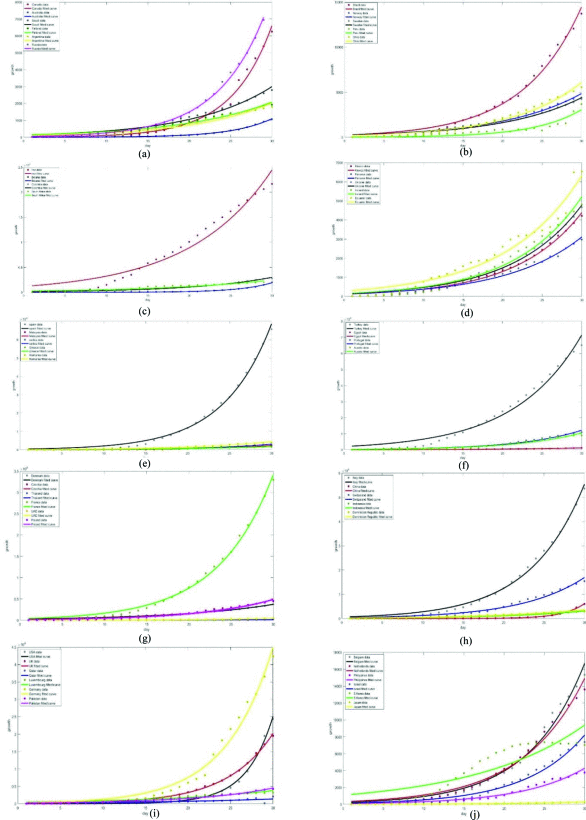
The effect of population density on the initial spread of the novel Covid-19 virus has been evaluated using the numerical data of fifty pioneer adopting countries in their first thirty days experience with the disease. The fifty countries were curdled into ten groups that each of them possesses an average population density and each group's virus's spread was modeled in a two-dimensional graph with the use of MATLAB curve fitting. The modeling is done based on the exponential growth equation. The stringency index model was also utilized a source of analysis regarding the government responses

In this study numerical simulation of blood flow in abdominal aortic aneurysms is presented. The novelty in this study is the consideration of the blood viscoelastic properties to account for the presence of red blood cells in addition to the shear-thinning behavior. The Oldroyd-B model is used to account for the viscoelasticity while the Carreau–Yasuda model is used to represent the shear-thinning property. The artery with its aneurysms is modeled as a planar channel with rigid wavy walls. The governing equations are solved numerically using the Galerkin/least-squares finite element method
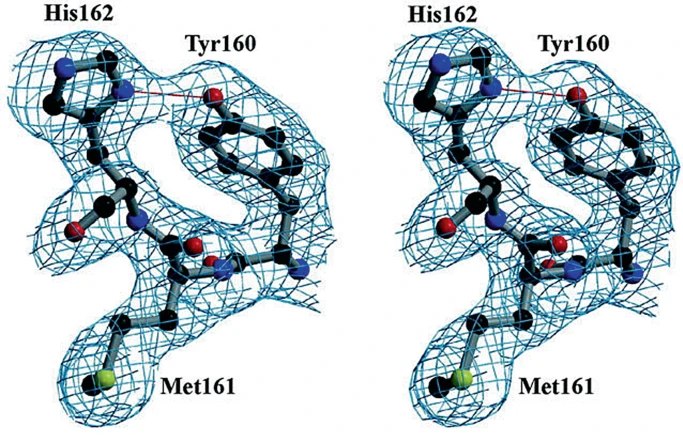
Numerical data on fifty pioneer adopting countries of Covid-19 novel pandemic has been put into study each on their first month of the virus’s spread. Ten groups were created with each including the countries of around the same average population density. This was meant to study the difference between each group’s growth of infected cases in addition to their mortality percentage rates (MPR). Modeling was done for each group with the use of MATLAB; for the growth rate, the exponential growth equation was considered, and for the mortality rate percentage, the equation was modeled over the span
In this paper we focus on the proof of concept prototype of fully autonomous centralized Multi-Robot System (MRS) consisting of a Hexapod walking robot and a six wheeled mobile robot. Recently, there has been an increasing demand for such systems as they can be involved in several tasks such as collaborative search and rescue, surveillance, monitoring, and disinfecting Field hospitals. To name a few, COVID-19 pandemic showed the weak points in the medical sector around the world, including those in the most advanced nations that had to go through hard decisions due to the lack of medical
This paper presents a comparative study of four fractional order filters used for edge detection. The noise performance of these filters is analyzed upon the addition of random Gaussian noise, as well as the addition of salt and pepper noise. The peak signal to noise ratio (PSNR) of the detected images is numerically compared. The mean square error (MSE) of the detected images as well as the execution time are also adopted as evaluation methods for comparison. The visual comparison of the filters capability in medical image edge detection is presented, that can help in the diagnosis of
This study presents solutions for improving a bending awkward posture in steel industry in Egypt using digital Human Modeling (DHM). The information is gathered by interviewing the workers, working postures are recorded via a video camera while the worker is performing his usual work. The postures are analyzed using DHM software. Porter comfort analysis and Rapid Upper Limb Assessment are applied for postures analysis. The analysis shows high levels of discomfort in neck, trunk, leg and forearm. These discomforts could cause permanent injuries over long periods. A modified design is proposed
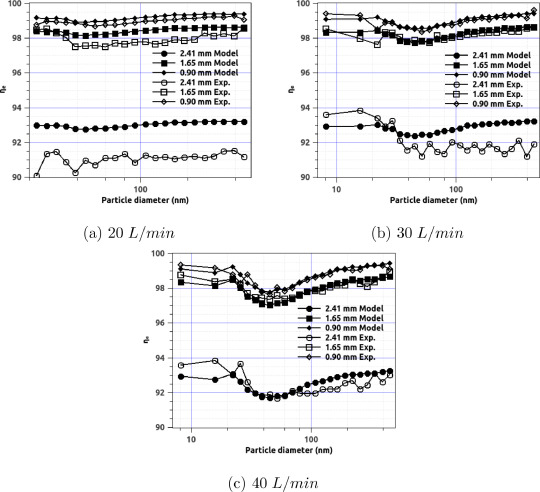
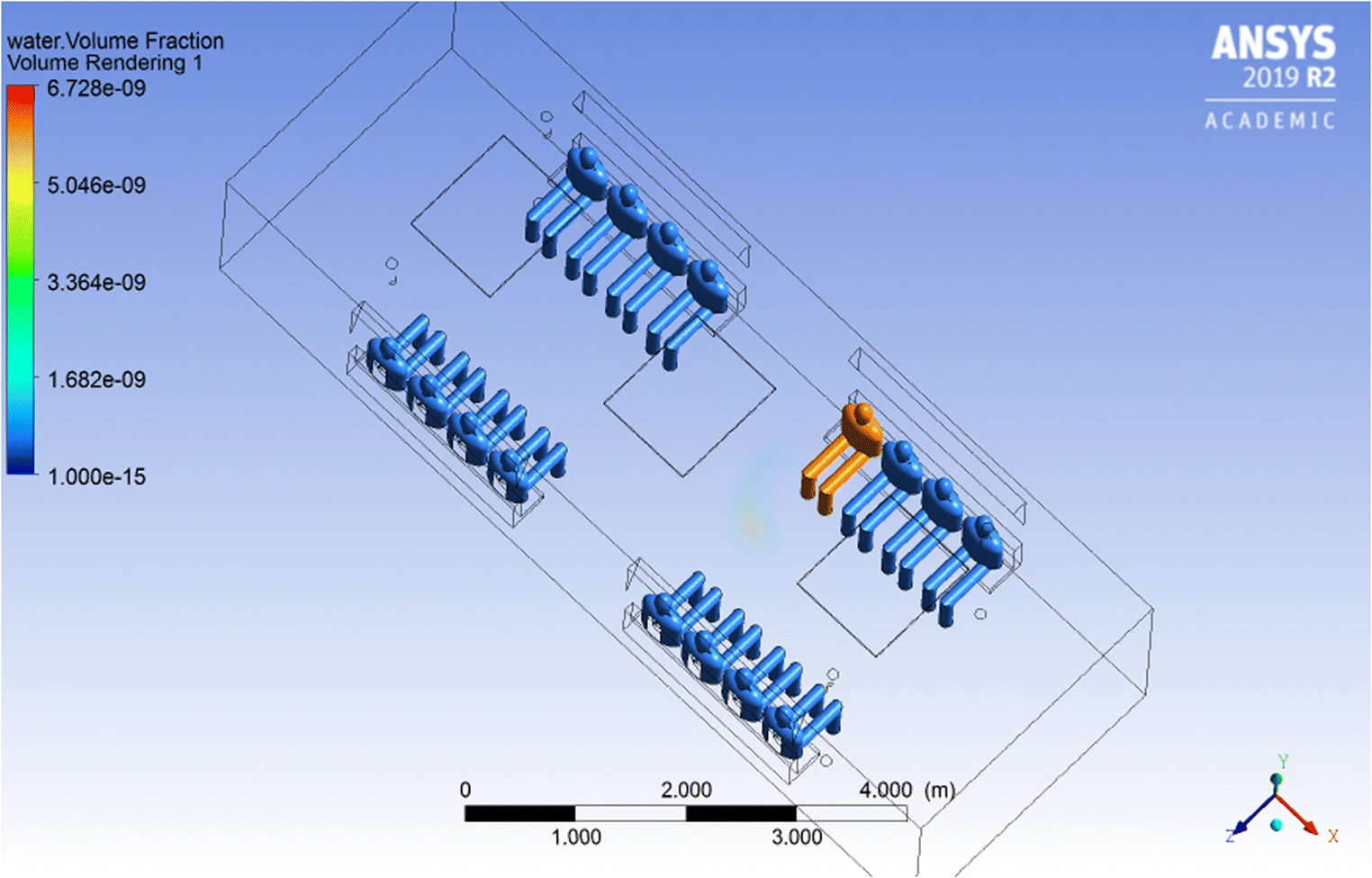
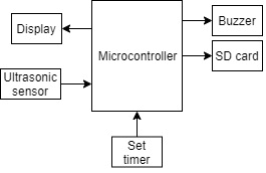
Vitiligo is a skin disorder caused by a lack of melanin pigment in the skin, which causes white patches on certain parts of the skin because this melanin pigment is not able to produce the skin color. Previously, one of the treatments for vitiligo was using a UVB lamp with a 311 nm wavelength that could not yet be adjusted to dim the lights as safety when conducting therapy. Therefore, the research aims to design a simulation of the vitiligo therapy device equipped with a timer LED lamp, a safety of lighting, and the data storage. The data are stored in the SD Card to make it easier for